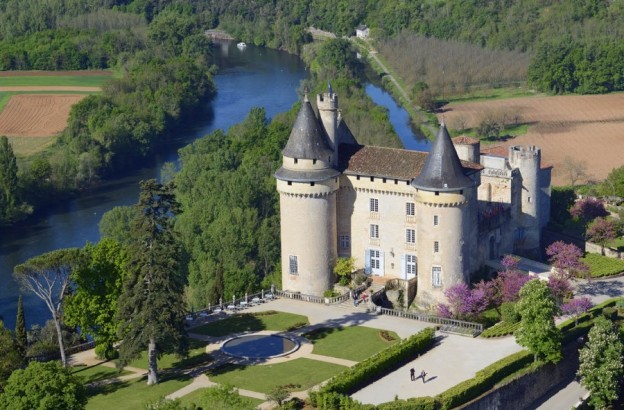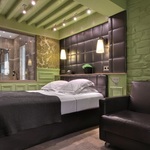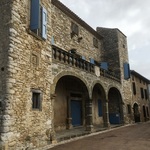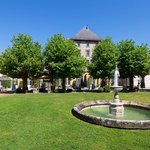Anthea Gerrie travels to southwest France to stay at Chateau de Mercues
When Cahors has worked so hard to make itself inaccessible – at least an hour from the nearest airport, sidelined by the TGV rail network and principal motorways – why do visitors struggle to reach a city which has chosen to hide from the tourist masses?
For the mediaeval wonders, partly, but even more so for the chance to stay in a magnificent castle complete with turrets, eat Michelin-starred food and drink the Chateau de Mercues which has reminded the world of the fine wine which put the city on the map.
Cahors gave the world Malbec – and Chateau de Mercues, which makes some of the best, has added food worthy of the rarefied appellation, not to mention “grand confort” in which to sleep off a multi-course dinner slaked with many vintages. The 13th-century pile after which this particular domaine is named was once the summer residence of the counts and bishops of Cahors, and 700 years on it’s still possible to sleep, as I did, in the very chamber where the bishop once dozed – complete with vast, mullioned windows overlooking the valley far below.
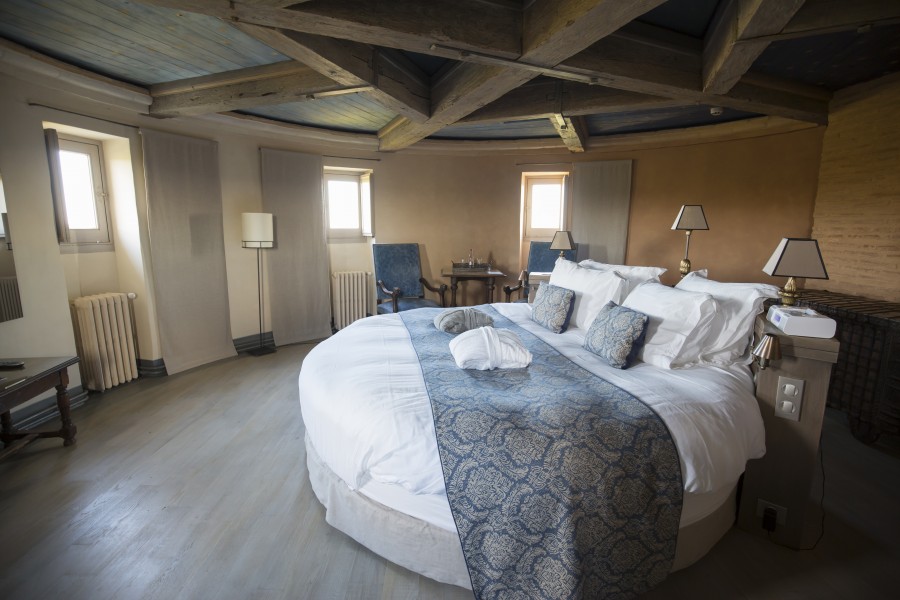
The chateau is that rare creature, a heritage hotel which has refrained from over-modernising, so that sleeping in the bishop’s bedroom involves crossing a flagstoned courtyard to reach the restaurant once accessed internally by His Holiness via a private door cut into the wall of his chamber. The short walk gives you a thrilling sense of what luxe living felt like hundreds of years ago, and you get the same sense of grandeur contemplating the front of the castle from the formal gardens which once wowed the great and good arriving by carriage.
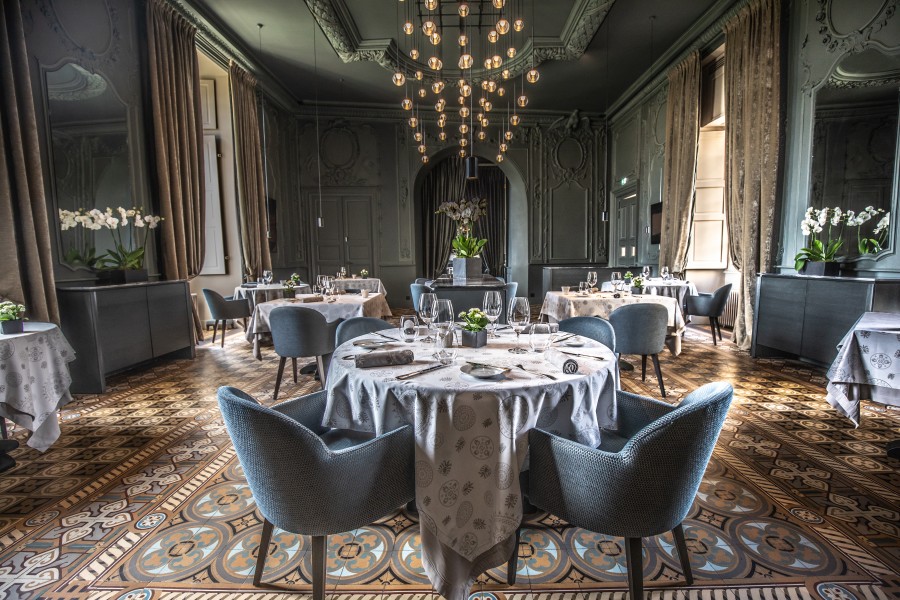
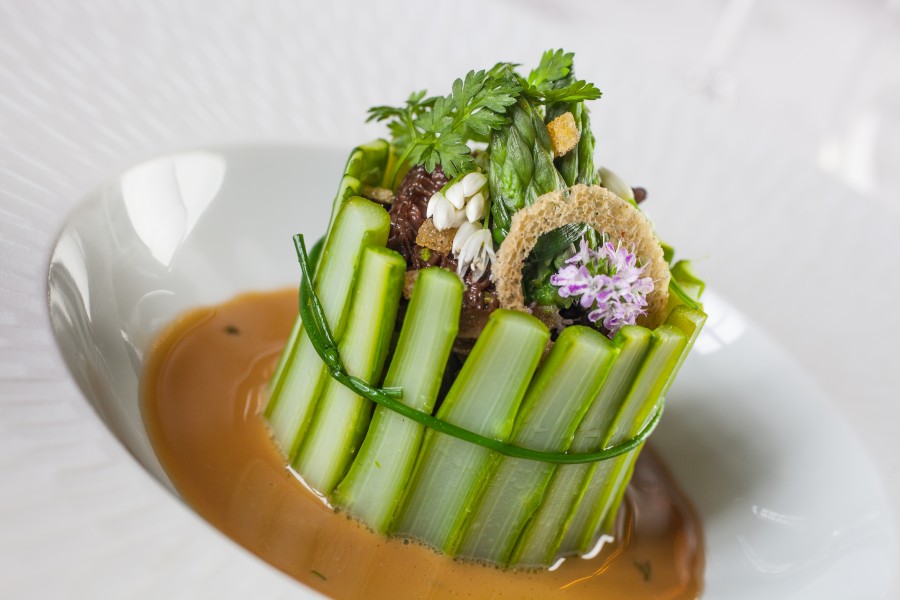
The chateau sits on a hill 10 minutes beyond the city limits, and its glory is a Michelin-starred restaurant recently given a pricey refurb. Pleasingly old-fashioned before, the rooms presided over by executive chef Julien Poisot are now very French modern, down to the industrial-chic chandelier. However, the seven-course tasting menu still includes plenty of the traditional ingredients for which the French south-west is famous, including truffles produced on the estate and locally-sourced foie gras.
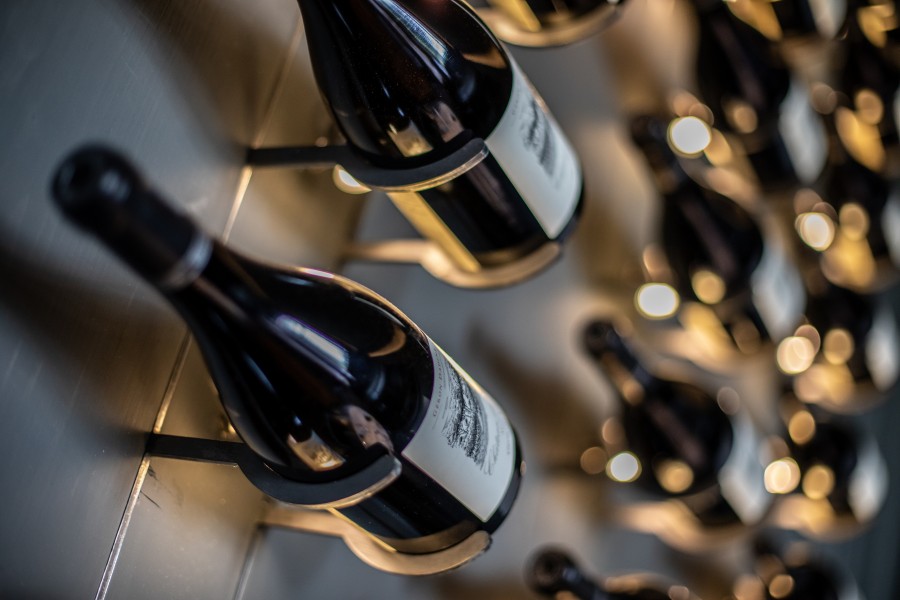
Naturally, the home-grown Malbec of vigneron Georges Vigouroux, whose son Bertrand-Gabriel runs the Relais and Chateaux property, is the star of the proceedings, and the underground winery is an attraction not to be missed by visitors. But truly great mediaeval treasures await in Cahors itself, where the 14th-century Valentré Bridge spanning the river Lot is surely France’s most beautiful. The project, with its many elaborate towers, took 70 years to complete and was thus believed to be the work of the devil assisting the architects.
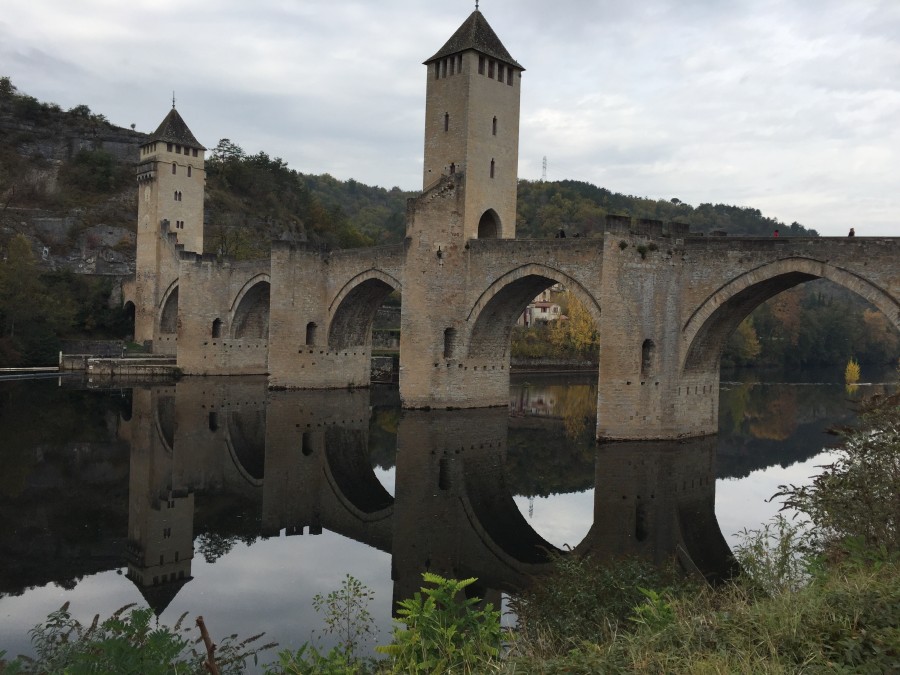
Treasures of the city centre include superb mediaeval townhouses, the elaborately domed St. Etienne cathedral, a lively covered food market and a slew of secret urban gardens, most of which can be visited with permission. Nearby attractions along the banks of the mighty Lot include the ancient cave paintings of Pech Merle dating back 20,000 years and the beautiful little hamlet of Saint-Cirq Lapopie, with its own enchanting country church, terraced cafes and artisan shops.
Tell me more about Chateau de Mercues
Chateau de Mercues, Rue du Chateau, 46090 Mercues, France
Tel: +33 5 65 20 00 01
Rooms from €207

